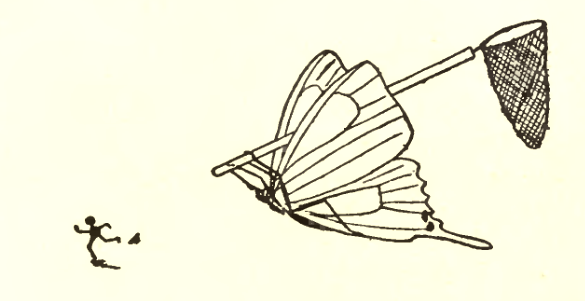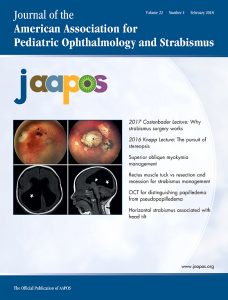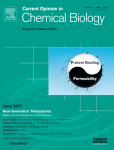 What Caught Our Attention: A tree of life paper has been axed — and based on the information in the retraction notice, we’re wondering how it ever passed peer review.
What Caught Our Attention: A tree of life paper has been axed — and based on the information in the retraction notice, we’re wondering how it ever passed peer review.
Specifically, the notice states a review of the paper found “concerns regarding the study design, methodology, and interpretation of the data.” Overall, the research “contradict(s) a large body of existing literature and do(es) not provide a sufficient level of evidence to support the claims made in the paper.” Um, so what did it get right?
Continue reading Caught Our Notice: Hey peer reviewers — did you even read this paper??


 When the former editor of a public health journal didn’t get a straight answer about why the journal retracted his paper that was critical of corporate-sponsored research, he brought his concerns to
When the former editor of a public health journal didn’t get a straight answer about why the journal retracted his paper that was critical of corporate-sponsored research, he brought his concerns to 


 For months, a researcher has wrestled with a journal over the wording of an upcoming retraction notice. It appears that she has lost.
For months, a researcher has wrestled with a journal over the wording of an upcoming retraction notice. It appears that she has lost.